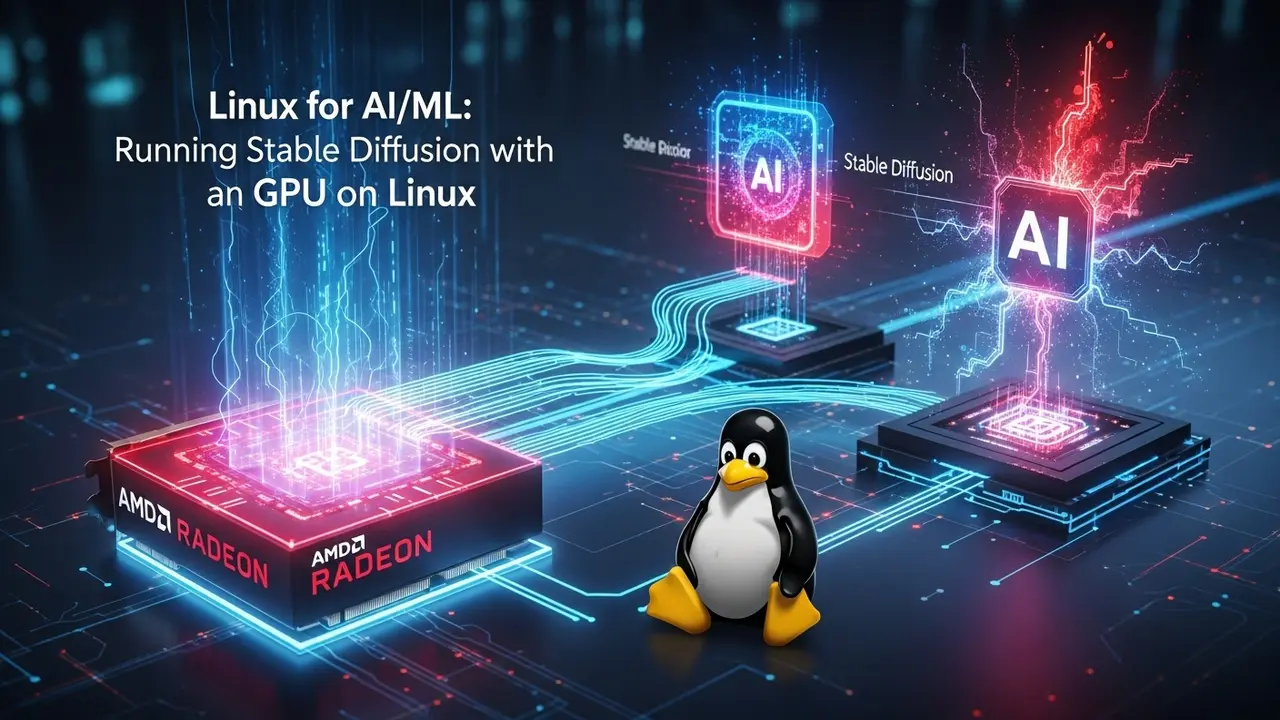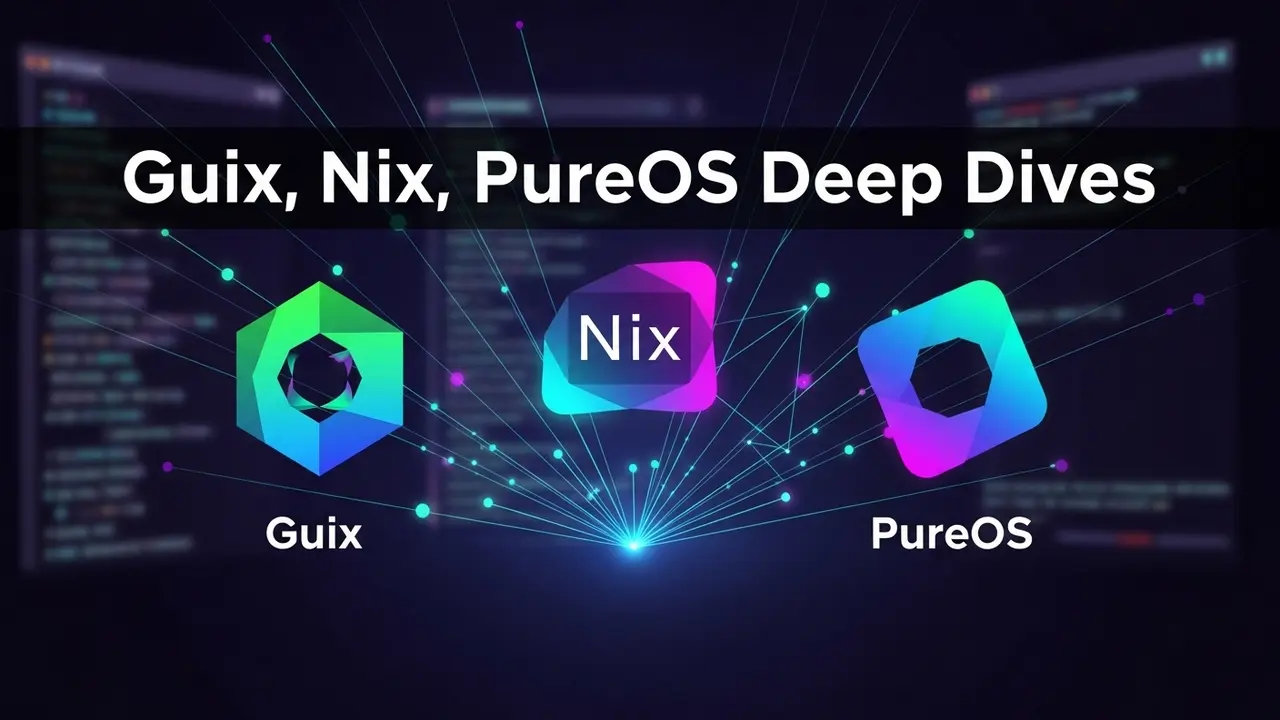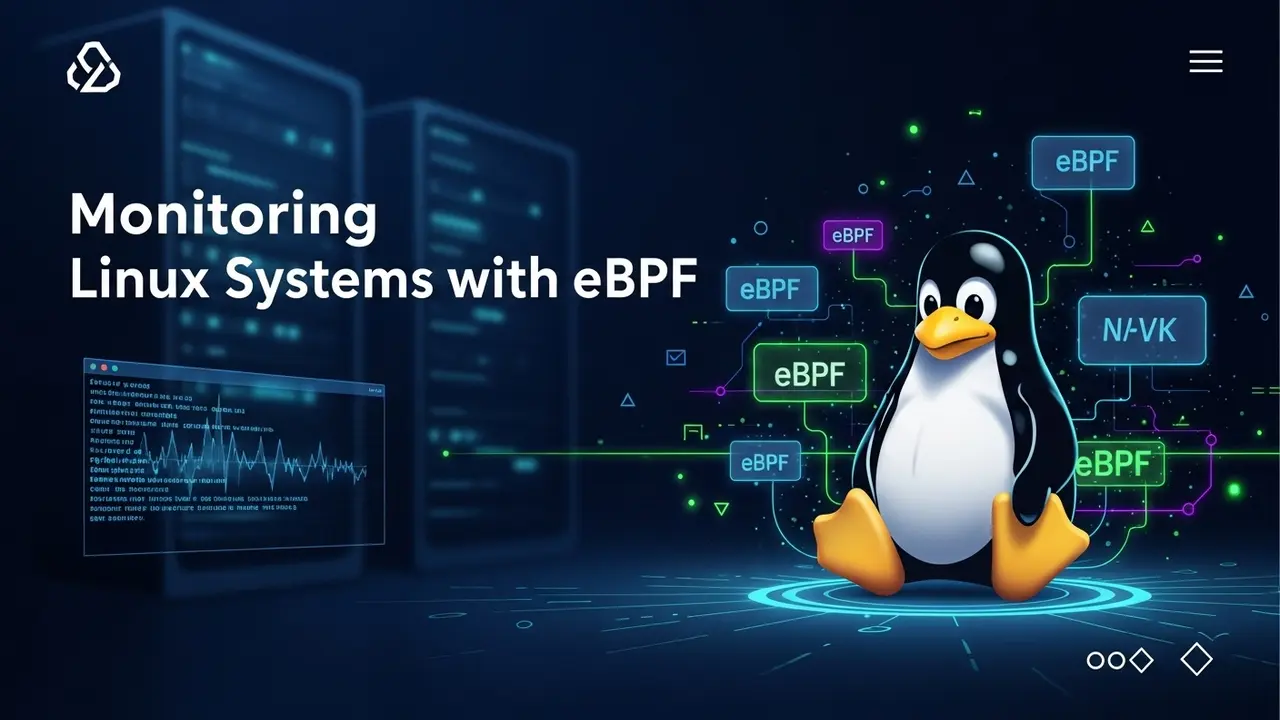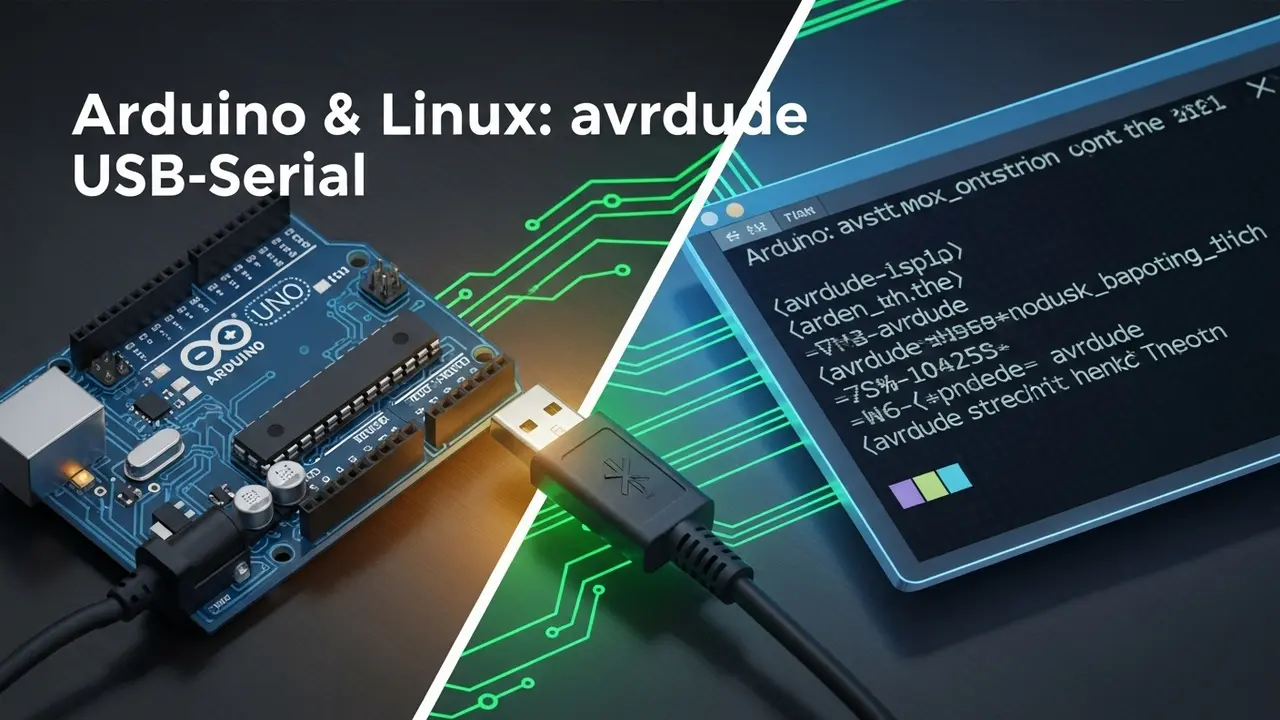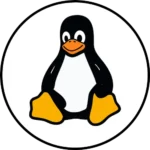As a developer, I’ve learned how vital Linux commands are. They make my work easier and faster. In this article, I’ll show you the top Linux commands every developer needs to know. We’ll also cover terminal commands and how to navigate the command line.
Learning these commands can improve your workflow. They’re useful for any project, big or small. Linux commands help with file and process management, all from the command line.
- 1 Introduction to Linux Commands
- 2 Getting Started with Linux Commands: A Developer’s Introduction
- 3 Essential Linux Commands Every Developer Should Master
- 4 File Management and Navigation Commands
- 5 Process Management and System Monitoring
- 6 Text Processing and Search Commands
- 7 Network and Connectivity Commands
- 8 Version Control and Development-Specific Commands
- 9 Advanced Linux Commands for Professional Development
- 10 Conclusion: Mastering Linux Commands for Enhanced Development Workflow
- 11 FAQs
- 11.1 What are the most essential Linux commands for developers?
- 11.2 How can I navigate the Linux terminal effectively?
- 11.3 What are some Linux commands for file management and manipulation?
- 11.4 How can I use Linux commands for process management and system monitoring?
- 11.5 What are some advanced Linux commands for developers?
- 11.6 How can I use Linux commands for version control and package management?
- 11.7 What are some tips for learning and mastering Linux commands?
Introduction to Linux Commands
In this section, we’ll talk about why Linux commands are important. We’ll also give an overview of what you’ll learn in this article. You’ll learn about terminal commands, command line navigation, and essential Linux commands for developers.
Key Takeaways
- Linux commands are essential for developers to streamline their workflow and boost productivity.
- Terminal commands and command line navigation are critical for interacting with the operating system.
- Linux commands offer many functionalities, including file management and process management.
- Mastering Linux commands can enhance development workflow and take skills to the next level.
- Linux commands can be accessed through the command line, making them a powerful tool for developers.
- Understanding Linux commands is vital for working on small and large-scale applications.
Read Also: Online Linux Terminal
Getting Started with Linux Commands: A Developer’s Introduction
As a developer, knowing Linux shell commands is key for a smooth workflow. Linux command line basics help you navigate and interact with the OS. First, get to know the terminal interface and your gateway to the OS.
The terminal is where you run Linux shell commands. It’s important to grasp its layout and how it works. The basic command structure is simple: a command, options, and arguments. For example, cd changes directories, and you add the directory name after it.
Understanding the Terminal Interface
The terminal has several parts: the prompt, command line, and output. The prompt shows user info, hostname, and directory. The command line is where you type commands. The output shows what happens after you run a command.
Basic Command Structure
A command has a command, options, and arguments. Options change how a command works. Arguments tell the command what to do. For instance, ls -l lists files and directories in detail.
Navigation basics involve moving around the file system. Use cd it to change directories and pwd to see where you are. ls lists files and directories. You can add options to change its output.
Essential Linux Commands Every Developer Should Master
As a developer, knowing the Linux commands cheat sheet is key for a smooth workflow. We’ll explore the basic unix commands you need to know. These commands help with file management, navigating directories, and editing text.
First, learn the basic syntax and options of each command. Here are some important ones to get familiar with:
- cd: change directory
- mkdir: make a directory
- rm: remove a file or directory
- cp: copy a file
- mv: move or rename a file
Having a detailed Linux commands cheat sheet can greatly improve your workflow. You’ll manage files and directories better by learning these essential Unix commands. This makes you more efficient and productive as a developer.
| Command | Description |
|---|---|
| cd | change directory |
| mkdir | make a directory |
| rm | remove a file or directory |
Being good at file management and navigation is key for developers. We’ll cover the basics of creating and editing files, managing directories, and setting permissions. A good Linux terminal cheat sheet can help you learn these commands.
First, let’s look at the basic file management commands. The Linux command line tutorial shows you how to move around, make and delete files, and manage permissions. Here are some important commands to remember:
- cd: change directory
- mkdir: make a directory
- rm: remove a file or directory
- chmod: change file permissions
Learning these commands will make you more efficient in managing files and directories. Use a reliable Linux terminal cheat sheet for quick checks, and practice with a Linux command-line tutorial to improve your skills.
Also Try: Online Linux Terminal For Practice
With practice, you’ll get better at managing files and directories. This will let you focus on more challenging tasks. Remember, a well-organized file system is vital for efficient development. Mastering these commands is the first step to achieving that.
| Command | Description |
|---|---|
| cd ~ | change to the parent directory |
| cd .. | change to parent directory |
| mkdir mydir | create a new directory named mydir |
Process Management and System Monitoring
Exploring Linux commands, I see how vital process management and system monitoring are. These tasks keep my system running well and fast. I use command-line tools to get real-time information on system resources and processes.
With terminal commands, I can check system performance, manage processes, and fix problems. For example, I use `top` to see running processes or `htop` for a detailed, interactive view. These tools help me spot processes that use a lot of resources and improve system performance.
Important parts of process management and system monitoring include:
- Watching system resources like CPU, memory, and disk usage
- Managing processes, like starting, stopping, or restarting them
- Fixing issues with logs and system monitoring tools
Learning these skills helps my system work better. Whether it’s a personal project or a big system, command line tools and terminal commands are key for managing processes and monitoring systems.
Text Processing and Search Commands
Exploring linux commands, I see how vital text processing and search tools are for developers. These tools help me search, change, and work with text in files and folders. With them, I can tackle complex tasks like finding patterns, swapping text, and pulling out specific info.
Important commands for text work include grep, sed, and awk. They let me find certain patterns, swap out text, and get data from files. For instance, grep helps me find a word or phrase in a file, while sed lets me swap out a string of text.
To improve my text skills, I use regular expressions with linux commands. Regular expressions help me find and work with complex patterns in text. Learning these, I can automate tasks, get data, and find insights in text.
| Command | Description |
|---|---|
| grep | Search for a specific pattern or word within a file |
| sed | Replace or manipulate text within a file |
| awk | Extract and manipulate data from files |
Using these strong text and search tools, I can make my work easier, automate tasks, and find new insights in text data. Whether I’m using linux commands or shell commands, I know I have the right tools to get the job done.
Network and Connectivity Commands
Exploring linux command line basics, I see how vital network and connectivity commands are. They help manage network connections and solve problems. With unix commands, I can set up network settings, handle network interfaces, and fix connectivity issues.
To start, I’ll use these commands:
- ping: to test network connectivity
- ssh: to securely connect to a remote server
- SCP: to securely copy files between servers
Learning these commands helps me keep network connections smooth and solve problems quickly. Whether I’m working with linux command line basics or unix commands, knowing these commands is key for a smooth workflow.
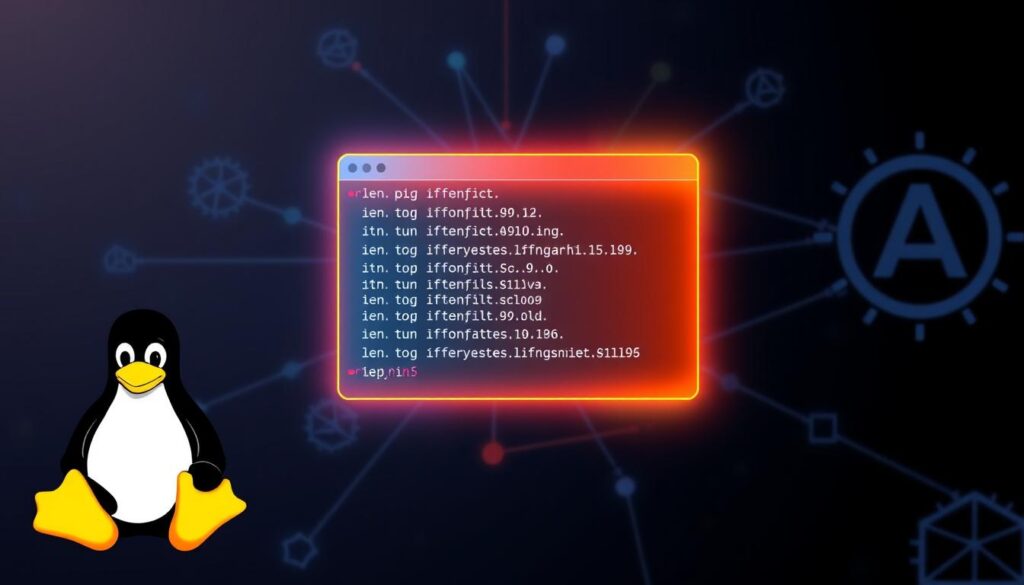
With practice, I’ll improve my use of these commands for network management and troubleshooting. By combining Linux command line basics with UNIX commands, I can fully manage the network and connectivity.
| Command | Description |
|---|---|
| ping | Test network connectivity |
| ssh | Securely connect to a remote server |
| scp | Securely copy files between servers |
Version Control and Development-Specific Commands
As a developer, I know how important it is to work efficiently. I’ll share key commands for version control, package management, and build tools. A Linux commands cheat sheet is super helpful, giving quick access to often-used commands.
For managing code versions, I use Git. It helps me track changes and work with others. I also use npm or yarn for package management. Build tools like webpack or rollup optimize my code for production. A Linux terminal cheat sheet makes using these tools easier.
- Git init: initialize a new Git repository
- Git add: stage changes for commit
- Git commit: commit changes with a meaningful message
- npm install: install dependencies for a project
- webpack –mode production: build code for production with webpack
By learning these commands and using a linux commands cheat sheet or linux terminal cheat sheet, I can manage my code better. This lets me focus on writing great code.
| Command | Description |
|---|---|
| git status | check the status of the repository |
| npm update | update dependencies to the latest version |
| webpack –help | display help documentation for webpack |
Advanced Linux Commands for Professional Development
As a developer, learning advanced Linux commands is key to improving your workflow. We’ll explore shell scripting and automation. These skills help you automate tasks and work on more complex projects. By using linux command line tutorial daily, you’ll save time and focus on bigger tasks.
First, you need to know the basics of linux shell commands. This includes writing scripts, using variables, and controlling program flow. With practice, you can make custom scripts that make your work easier and reduce mistakes. Key areas to learn include:
- Conditional statements
- Loops and arrays
- Functions and modules
Automation is also vital. Tools like cron jobs and bash scripts help automate tasks. This saves time and keeps your system safe and updated. For instance, you can set up a linux command line tutorial to back up your files daily. This keeps your data safe and gives you peace of mind.

Learning advanced Linux commands, like shell scripting and automation, makes you more efficient. Whether you’re experienced or new, these skills boost your productivity and success. With the right linux shell commands, you can handle complex projects confidently.
| Command | Description |
|---|---|
| script | Creates a new script |
| run | Executes a script |
| edit | Edits a script |
Conclusion: Mastering Linux Commands for Enhanced Development Workflow
Linux commands are key for developers wanting to work smarter and faster. By learning the basics, you can move around the command line with ease. You can also manage files and processes well, and even automate tasks.
This skill makes you a better coder and helps you solve complex problems quickly. It boosts your confidence and speed in development.
Using Linux commands lets you create custom scripts and automate tasks. This is great for automating software builds, managing dependencies, or deploying apps. It saves time and effort, letting you focus on your project’s core.
Knowing these Linux commands also helps with Git, setting up environments, and working with teams. By using these tools daily, you become more versatile and valuable. This helps your projects succeed.
FAQs
What are the most essential Linux commands for developers?
Key Linux commands for developers include `ls`, `cd`, and `mkdir`. Also, `nano`, `vim`, and `ps` are important. These commands help you work with the Linux system and make your development easier.
To navigate the Linux terminal well, learn basic commands like `cd`, `ls`, and `pwd`. Knowing how to use the terminal is key for moving around and running commands.
What are some Linux commands for file management and manipulation?
Important commands for managing files include `touch`, `mv`, `cp`, `rm`, and `chmod`. These help you create, change, and organize files and folders in Linux.
How can I use Linux commands for process management and system monitoring?
Use `ps`, `top`, `kill`, and `df` to manage and watch your system’s processes and resources. These commands are vital for fixing and improving your development setup.
What are some advanced Linux commands for developers?
Advanced commands for developers include `grep`, `awk`, `sed`, and shell scripting tools like `bash` and `zsh`. They help automate tasks, work with text, and make your workflow smoother.
How can I use Linux commands for version control and package management?
Commands like `git` and `apt-get` or `yum` are key for managing your code and packages. They help you track changes, work with others, and install software.
What are some tips for learning and mastering Linux commands?
Start with the basics, practice often, and learn more advanced commands as you get better. Use online tutorials, cheat sheets, and `man` pages to learn more about Linux commands.

